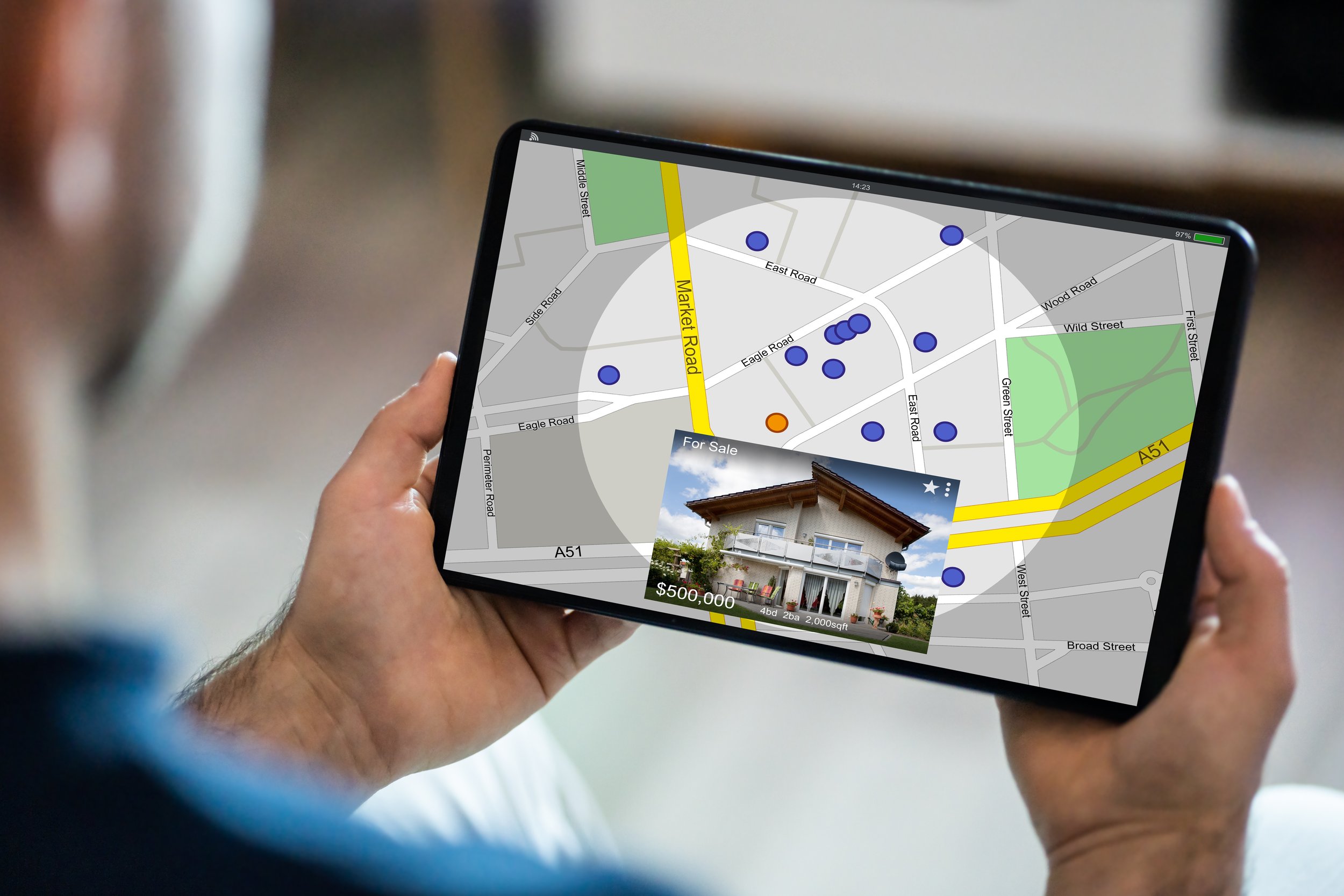5 Data-driven strategies to prevent the rise of empty social housing properties
In the shadows of the UK's housing shortage lurks a paradoxical problem: the rising tide of empty properties. As of 2023, over 238,000 homes in England have been sitting vacant for more than six months, a number that has surged by 5.3% since 2022. This isn't just a matter of wasted space; it's a £19 billion hole in the economy, according to the charity Empty Homes.
For the social housing sector, which accounts for 17% of all UK households, the impact is particularly acute. With waiting lists for social housing reaching a staggering 1.4 million people in England alone, every empty property represents a missed opportunity to house a family in need. Moreover, these vacancies cost social landlords an estimated £13,000 per property per year in lost rent and maintenance - funds that could be reinvested in creating more affordable homes.
But amidst this crisis, a revolution is brewing. The same digital transformation that has reshaped industries from finance to healthcare is now setting its sights on social housing. Big data, predictive analytics, and AI are no longer just buzzwords - they're powerful tools that can unleash the potential of every property and ensuring no home sits empty while families are in need.
In this blog, we'll dive deep into the impact of empty properties on social housing and explore how data-driven strategies offer hope for a more efficient, equitable future. We will also explore real-world applications of these technologies and the tangible differences they can make for housing communities across the country
To begin with, let’s consider why this is a problem worth our attention...
Societal impact of empty properties in social housing
The consequences of empty properties extend far beyond the immediate housing market, they also lead to:
Increased frequency of crime: Vacant properties can become hotspots for criminal activity, affecting neighbourhood safety.
Decreased tax revenue: Empty homes don't generate property taxes, reducing funds for local services.
Overall decline in quality of public services: With reduced tax income, local authorities may struggle to maintain service levels.
Neighbourhood decay: Vacant properties can lead to a general deterioration of the surrounding area.
Commercial impact of empty properties in social housing
On the other hand, for social housing providers, empty properties aren't just a social issue - they're a direct threat to financial sustainability and operational effectiveness.
Lowered property values: Vacant homes in an area can decrease overall property values.
Reduced profit margins: Social housing operators already work with slim profit margins due to the nature of affordable housing; vacant properties would further increase the gap in profits.
Increased maintenance costs: Empty properties often require more upkeep to prevent deterioration.
Lost rental income: Every vacant property represents a loss in potential revenue.
Ultimately, the business impact of empty properties creates a vicious cycle, where reduced revenues lead to poorer services, potentially causing more vacancies.
Does this sound familiar? Don't let empty properties continue to drain your resources and impact your communities. At Ei Square, our team of experts have helped several social housing organisations face these challenges head-on, with the help of data analytics. Take the first step toward data-driven housing management, book a FREE consultation call with us to learn more.
Data analytics, a powerful solution to empty housing properties
In the face of rising empty property numbers, data analytics emerges as a powerful tool to address this complex issue. Two key strategies that have proven particularly effective in this domain: data integration and omni-channel communication.
Integration of social housing data
Data integration tackles one of the core problems faced in social housing management: the lack of coordination due to siloed data. In most organisations, crucial information about properties and tenants is scattered across various departments and systems, making it difficult to get a comprehensive view of the situation.
Data integration solves this by bringing together information from separate silos into one centralised location. This consolidation offers numerous benefits: It provides quicker access to comprehensive data, allowing housing managers to make informed decisions rapidly. It also improves data integrity and security by reducing the need for multiple copies of the same information. Perhaps most importantly, it empowers employees across different departments to work towards unified goals, as they all have access to the same, up-to-date information.
Let us consider a practical example to demonstrate the effectiveness of data integration. Imagine creating a comprehensive tenant profile. Without integrated data, this would require logging into multiple systems, copying data from various applications, and manually compiling it into a cohesive format and scanning it for errors before even starting the actual analysis- a time-consuming process that could delay crucial interventions.
With data integration, all relevant information - from rent payment history to maintenance requests and community engagement - is instantly available in one place. This allows housing managers to quickly identify patterns and correlations between factors like code violations, police visits, tax assessment, criminal history and other factors that lead to potential housing vacancies.
Omni-channel communication within housing organisations
Data, obviously, is not a resource that is automatically accumulated into a business’ digital storage site. It needs to be collected, either via AI, or manually from your clients’ interactions with your service.
Complementing data integration is the omni-channel approach. This strategy recognises that tenants interact with housing providers through various channels - websites, mobile apps, phone calls, in-person visits - and seeks to consolidate these interactions into a single unified platform.
The benefits of this approach are manifold. It provides a clear view of inventory and tenant interactions across all channels, preventing conflicting information and ensuring consistency in service delivery. This, in turn, leads to improved customer satisfaction rates and enhanced tenant engagement.
Imagine a tenant concerned about a faulty light switch in his house. They might start by logging the issue on the housing provider's website. The system immediately records this information and makes it available to all relevant staff. When the tenant follows up with a phone call, the customer service representative already has full context of the issue, eliminating the need for the tenant to repeat information. If an in-person visit is required, the maintenance team arrives fully briefed on the problem. This seamless flow of information not only resolves issues more quickly but also improves tenant satisfaction, reducing the likelihood of vacancies.
These data-driven strategies, when implemented effectively, can significantly reduce the incidence of empty properties in social housing. By providing a more comprehensive view of tenants and properties, they enable proactive management and timely interventions.
Are you struggling to get a clear, comprehensive view of your properties and tenants? Imagine having all your crucial data at your fingertips, allowing you to make informed decisions quickly and efficiently Get in touch with us today for a free consultation. We'll show you how a tailored dashboard solution can transform your operations, helping you reduce costs, increase efficiency, and make more accurate predictions.
Additional data-driven strategies to prevent the increase of empty social housing properties
While data integration and the omni-channel approach form the foundation of data-driven solutions for empty properties, several other strategies can further enhance the effectiveness of social housing management.
Predictive analytics in social housing
Predictive analytics represents a significant leap forward in proactive property management. By analysing historical data on tenant behaviours, property conditions, and local economic factors, housing providers can forecast which properties are at risk of becoming vacant soon. This approach uses sophisticated algorithms to identify patterns and correlations that might not be immediately apparent to human observers.
For instance, a predictive model might consider factors such as frequency of maintenance requests, changes in tenant employment status, local crime rates, and even social media sentiment about the neighbourhood. By combining these diverse data points, the model can assign a 'vacancy risk score' to each property.
Housing managers can then prioritise their efforts, focusing resources on the properties most likely to become empty. This targeted approach not only helps prevent vacancies but also optimises resource allocation, ensuring that limited budgets are used where they can have the most impact.
IoT and smart home technology in housing properties
The Internet of Things (IoT) and smart home technologies offer unprecedented real-time insights into property conditions. By installing sensors throughout social housing units, providers can monitor various aspects of the property's health, from temperature and humidity levels to water usage and air quality. This constant stream of data allows for proactive maintenance, addressing issues before they become serious enough to cause tenant dissatisfaction or property damage.
For example, a sudden spike in water usage might indicate a leak, while unusual temperature fluctuations could suggest problems with the heating system. By detecting and addressing these issues early, housing providers can maintain properties in better condition, reducing the likelihood of vacancies due to disrepair. Moreover, smart home features can enhance tenant satisfaction by providing energy-saving automation and improved security, further reducing the risk of properties becoming empty.
Geographic Information Systems (GIS) in housing data analysis
Geographic Information Systems (GIS) bring a spatial dimension to social housing data analysis. By mapping vacant properties alongside other relevant data layers - such as proximity to amenities, transportation links, or areas of economic development - housing providers can gain valuable insights into the factors influencing property occupancy rates.
GIS analysis can reveal patterns that might not be obvious from tabular data alone. For instance, it might show clusters of vacant properties near areas with poor public transport links, suggesting that improving connectivity could help reduce vacancies. Or it might highlight successful properties in similar areas, providing models for intervention strategies. This geospatial approach allows for more nuanced, location-specific strategies to combat empty properties, recognising that different neighbourhoods may require different solutions.
Feeling overwhelmed by the possibilities? Don't worry. We've guided numerous organisations through these process before. Whether you’re completely new to digital transformation or several steps into the journey- EIS houses the capability to tailor our approach to your organisation’s unique needs and challenges.
A final note...
As we look to the future, it's clear that embracing these data-driven strategies isn't just an option – it's a necessity for social housing providers who want to thrive in an increasingly challenging environment. The challenge of empty properties in social housing is complex, but as we've explored, data-driven solutions offer a powerful way forward. The key lies not just in collecting data, but in transforming it into actionable insights that drive real-world improvements.







